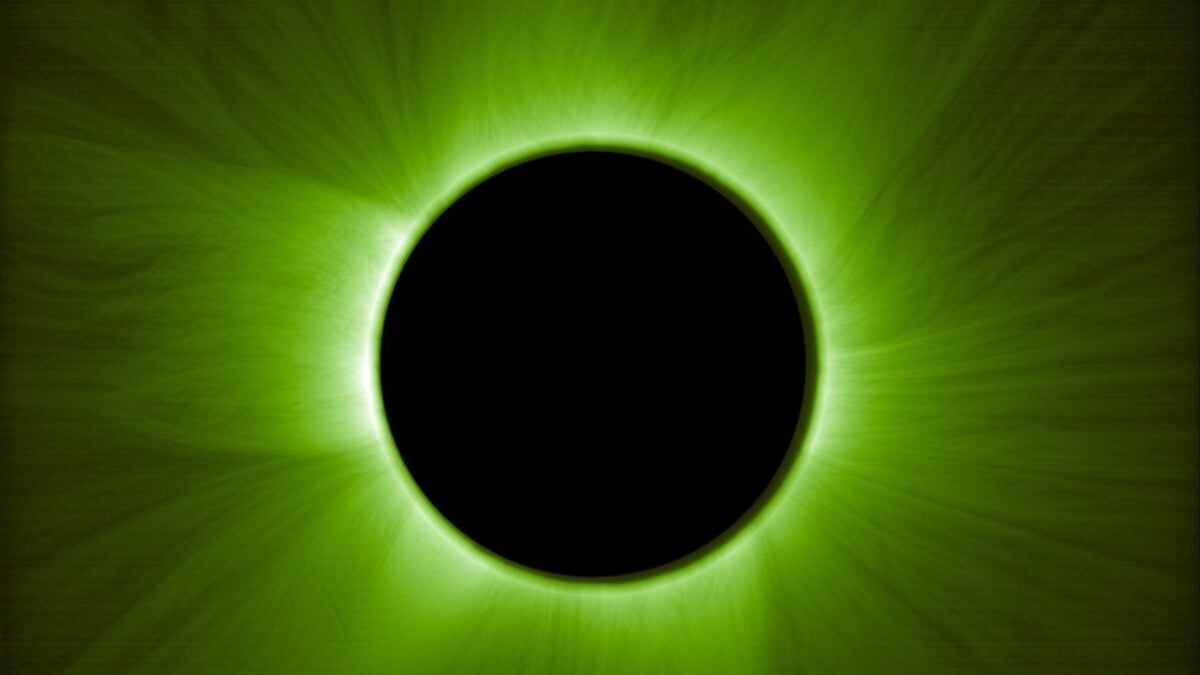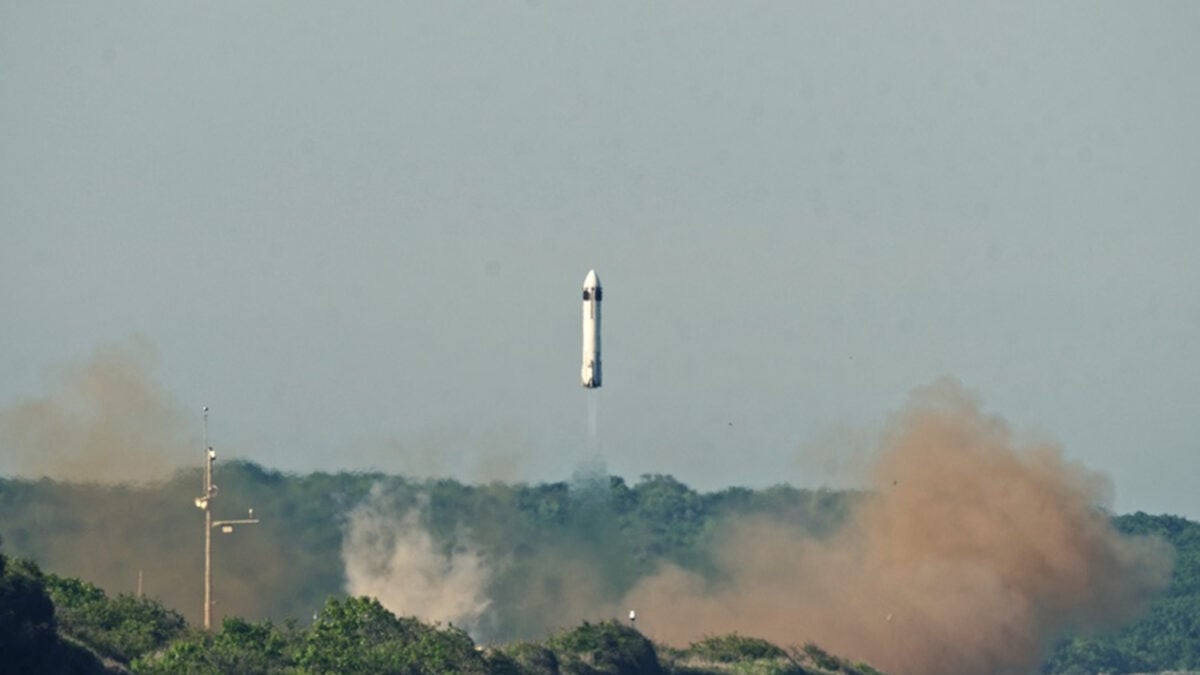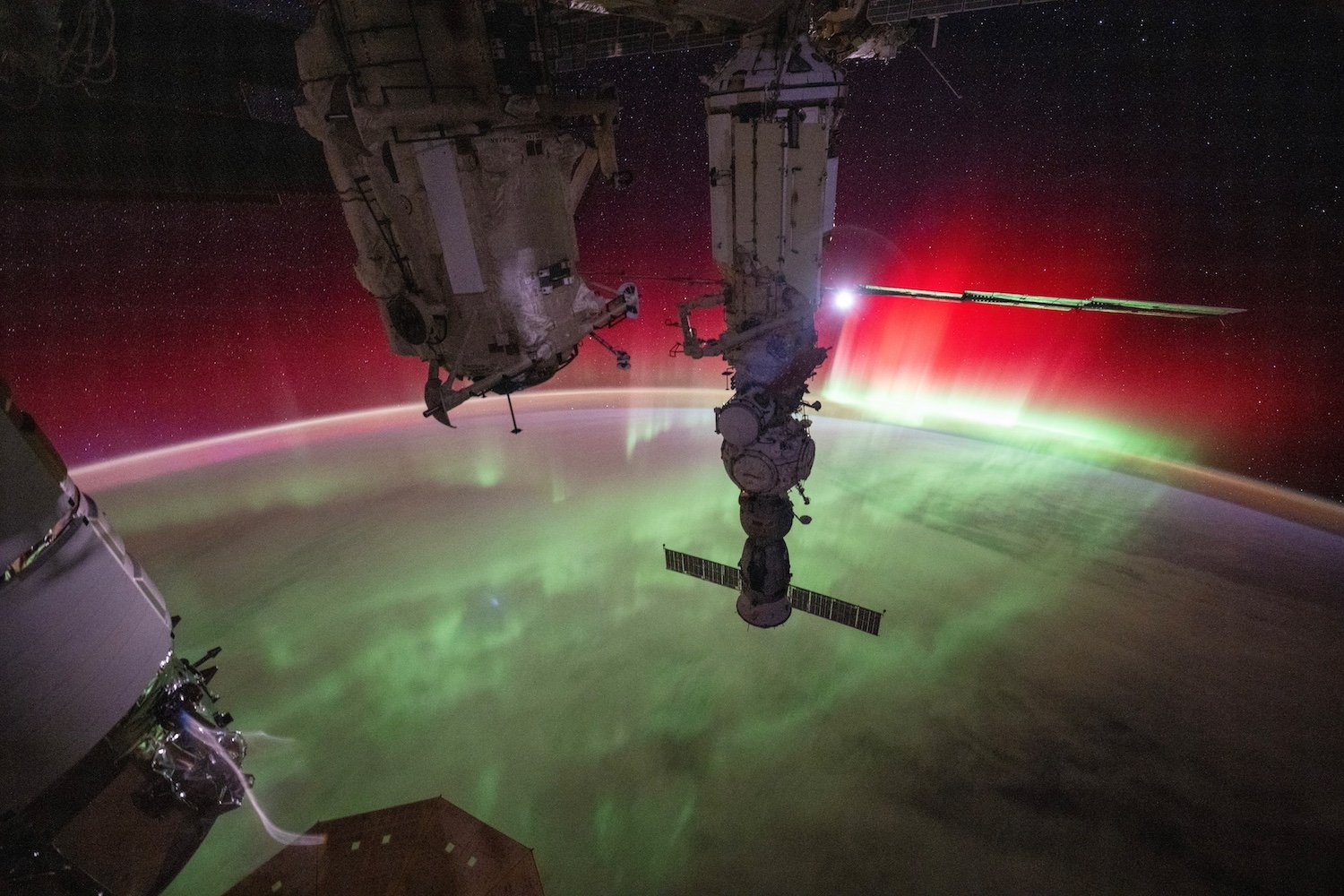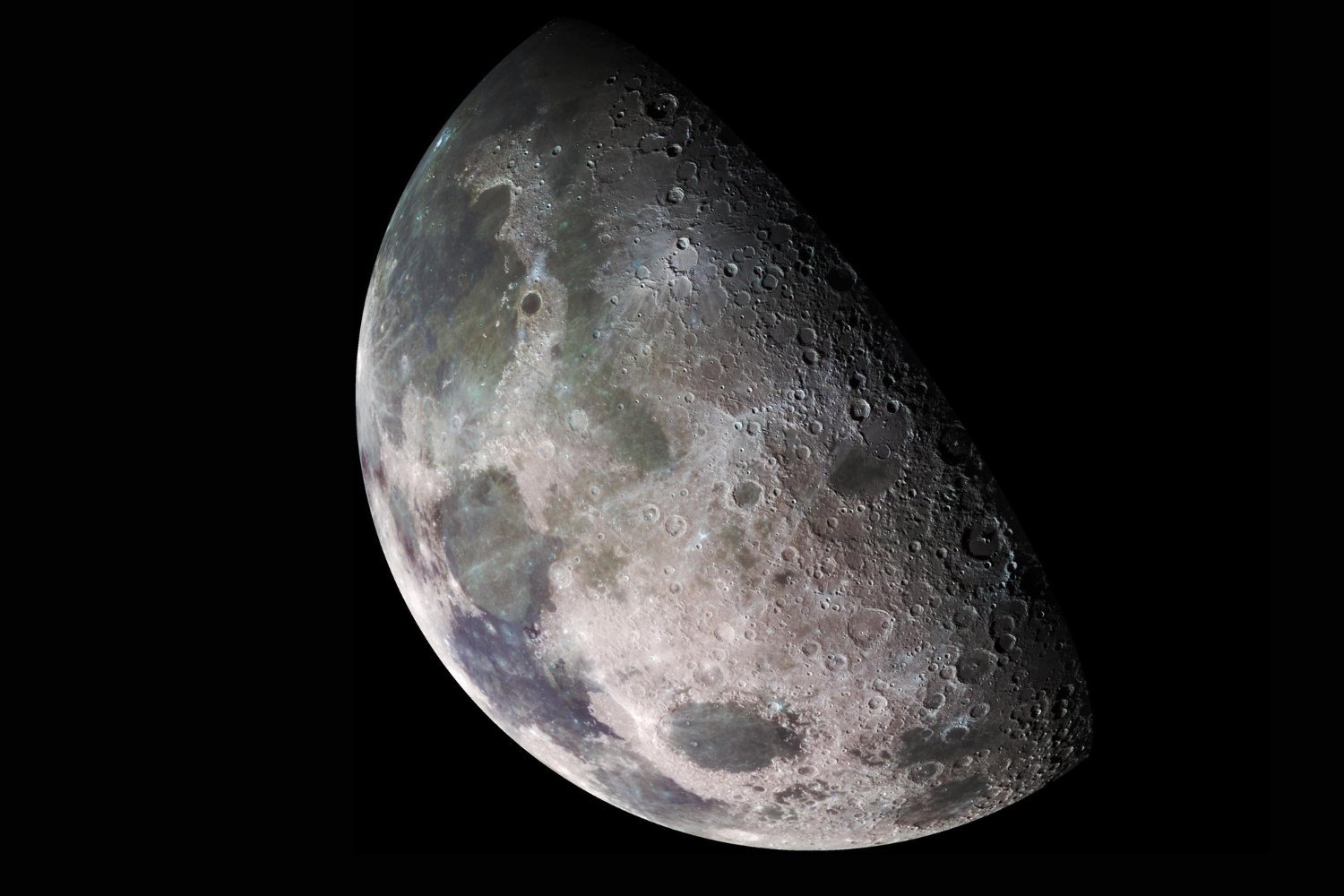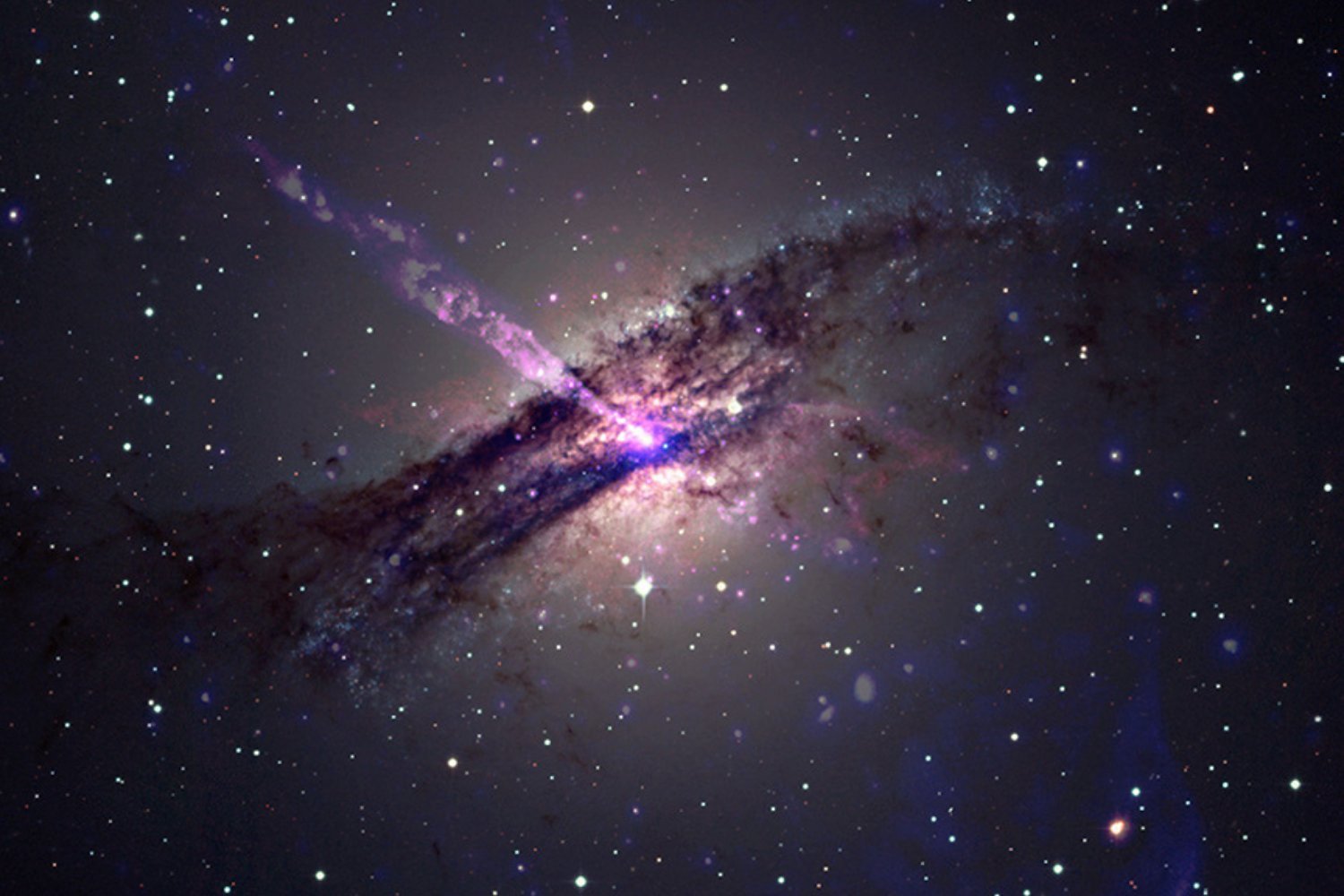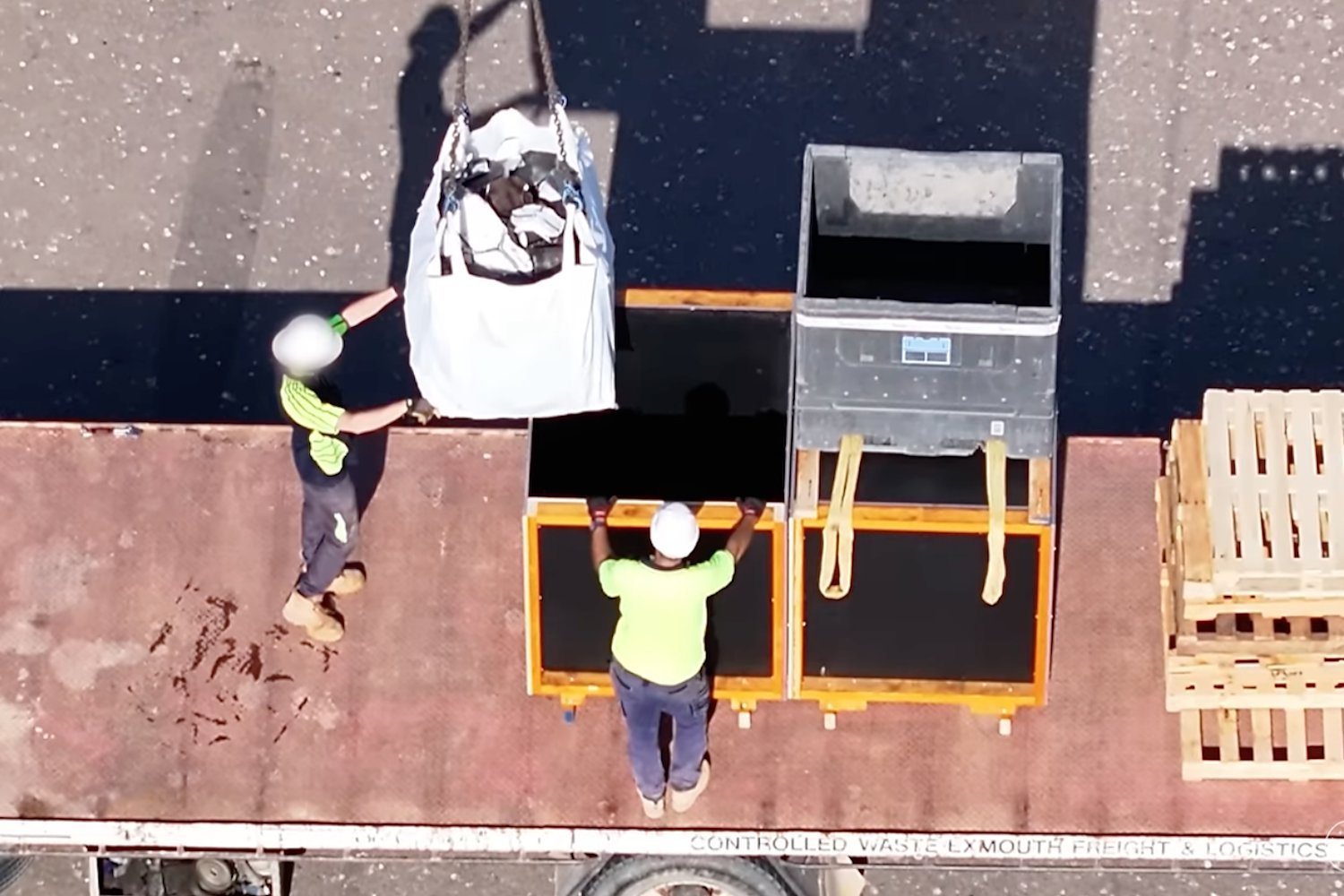The Sun’s corona, its enigmatic outer atmosphere, typically reveals its full glory only during rare total solar eclipses. These fleeting natural events, occurring roughly every 18 months and visible along a narrow path, offer crucial observation windows for scientists. However, the wait for these cosmic alignments is over. The European Space Agency’s (ESA) Proba-3 mission has successfully engineered the world’s first artificial total solar eclipse, marking a new era in solar research and satellite technology.
A New Dawn for Solar Observation: The Proba-3 Breakthrough
On June 16, the European Space Agency (ESA) announced a landmark success: its Proba-3 mission executed the world’s first artificial total solar eclipse. This achievement will revolutionize the study of the Sun’s corona, its enigmatic outer atmosphere. Launched on December 5, 2024, Proba-3 features two satellites, the Occulter and Coronagraph. In May, they demonstrated unprecedented autonomous alignment in solar orbit with millimeter precision, maintaining formation for hours without ground intervention. This pioneering satellite formation flying marks a new era for complex space missions and solar research.
Engineering an Eclipse: The Mechanics of Proba-3
To generate the artificial eclipse, the Occulter and Coronagraph spacecraft positioned themselves approximately 150 meters (500 feet) apart. The Occulter’s 1.4-meter disc then cast a precise 8-centimeter shadow onto the Coronagraph’s instrument, effectively blocking the Sun’s bright surface. This allowed for clear imaging of the fainter solar corona.
 ESA's Proba-3 satellites in precise formation flight for artificial solar eclipse creation to study the Sun's corona.
ESA's Proba-3 satellites in precise formation flight for artificial solar eclipse creation to study the Sun's corona.
Andrei Zhukov of the Royal Observatory of Belgium stated, “Our ‘artificial eclipse’ images are comparable with those taken during a natural eclipse.” He highlighted a key advantage: Proba-3 can create eclipses every 19.6-hour orbit for up to 6 hours. This frequency and duration far exceed the brief, rare natural events, significantly boosting opportunities for solar observation.
Unveiling Solar Mysteries: The Scientific Promise of Proba-3
Proba-3’s data is poised to be transformative for understanding the solar corona, the origin point of solar wind and destructive coronal mass ejections (CMEs). These phenomena heavily influence space weather, which can disrupt Earth’s technological infrastructure. Enhanced observations from Proba-3 will improve solar storm forecasting and preparedness, addressing critical needs.
The mission also confronts the “coronal heating problem”—the puzzle of why the corona is immensely hotter than the Sun’s surface. This phenomenon, described as one of solar physics‘ “most vexing questions,” will be investigated as Proba-3 gathers data close to the solar limb, seeking vital clues for a solution.
Advancing Space Technology: Beyond Coronal Science
Proba-3’s state-of-the-art Coronagraph instrument is essential, minimizing stray light to capture unprecedented detail of the solar corona near the Sun’s edge. “Current coronagraphs are no match for Proba-3,” stated ESA’s Jorge Amaya, noting it enables observations previously possible only during natural eclipses.
Beyond its significant contributions to solar science, Proba-3’s success in autonomous precision formation flying is a crucial technological advancement. This capability is vital for future complex multi-spacecraft missions, such as ESA’s Laser Interferometer Space Antenna (LISA), which will search for gravitational waves and explore new frontiers in astrophysics.
The Proba-3 mission’s creation of an artificial total solar eclipse signifies a monumental step forward for both solar science and space engineering. By providing frequent, extended views of the Sun’s corona, it promises to unlock secrets of solar weather and the coronal heating mystery. For approximately two years, Proba-3 will observe the Sun, and the anticipated flood of new observations is set to drastically improve our understanding of our home star, the ultimate source of energy that sustains life on Earth. This pioneering mission paves the way for future discoveries and technological innovations in space.



